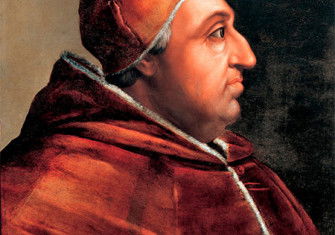Were the Borgias Really So Bad?
Alexander Lee attempts to rescue the Borgia family from their baleful reputation as a political – and papal – dynasty steeped in sin.
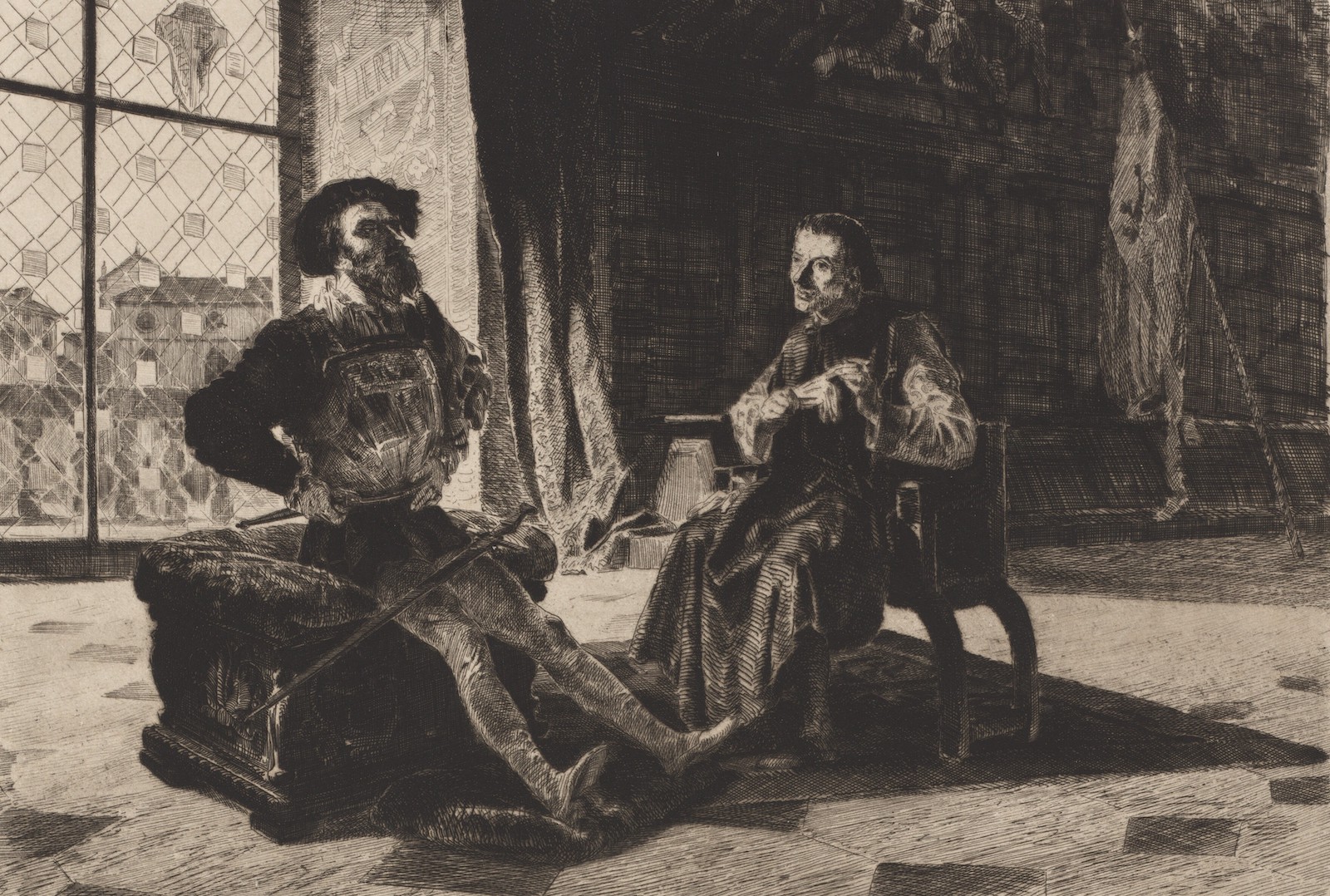
Renaissance Italy was dominated by rich and powerful families whose reputations have been shaped by the many dark and dastardly deeds they committed. In quattrocento Florence, the Medici bought, bribed, and blackmailed their way to the top; in Rimini, the Malatesta flitted continually between self-destructive megalomania and near psychopathic brutality; and in Milan, the Sforza were every bit as infamous for their sexual proclivities as they were for their political ruthlessness. But in this devilish roll-call of nefarious names, none sends such a chill up the spine as that of ‘Borgia’.
It is impossible to imagine a family more heavily tainted by the stains of sin and immorality, and – as even those who have not seen the eponymous television series will know – there is scarcely one of their number who does not seem to be cloaked in an aura of iniquity. The founder of the family’s fortunes, Alfons de Borja (1378-1458) – who reigned as Pope Callixtus III – was decried even by his closest allies as the “scandal of [his] age” for his monstrously corrupt ways. His nephew, Rodrigo (1431-1503) – who he himself elevated to the cardinalate, and who would be elected Pope Alexander VI in 1492 – was reputed to be even worse. Accused of buying the papacy, he would later be besmirched by rumours so severe that the Venetian diplomat Girolamo Priuli felt able to claim he had “given his soul and body to the great demon in Hell”. Indeed, as the papal master of ceremonies, Johann Burchard, was to contend in the middle of Alexander’s reign:
There is no longer any crime or shameful act that does not take place in public in Rome and in the home of the Pontiff. Who could fail to be horrified by the…terrible, monstrous acts of lechery that are committed openly in his home, with no respect for God or man? Rapes and acts of incest are countless…[and] great throngs of courtesans frequent St. Peter’s Palace, pimps, brothels, and whorehouses are to be found everywhere!
But worse still was the reputation of Alexander’s children, and Burchard’s blithe comment that they were “utterly depraved” barely begins to cover the crimes with which they were associated in the contemporary imagination. Lucrezia (1480-1519) – with whom the pope was reputed to have slept – was cast not only as a whore, but also as a poisoner, a murderer, and a witch. And Cesare (1475/6-1507) – the most handsome, dashing, and despicable Borgia of all – was widely believed to have killed his elder brother Juan in a fit of jealousy, bedded his sister, and embarked on a campaign of slaughter and conquest aimed at carving a kingdom out of the scattered states of Northern Italy.
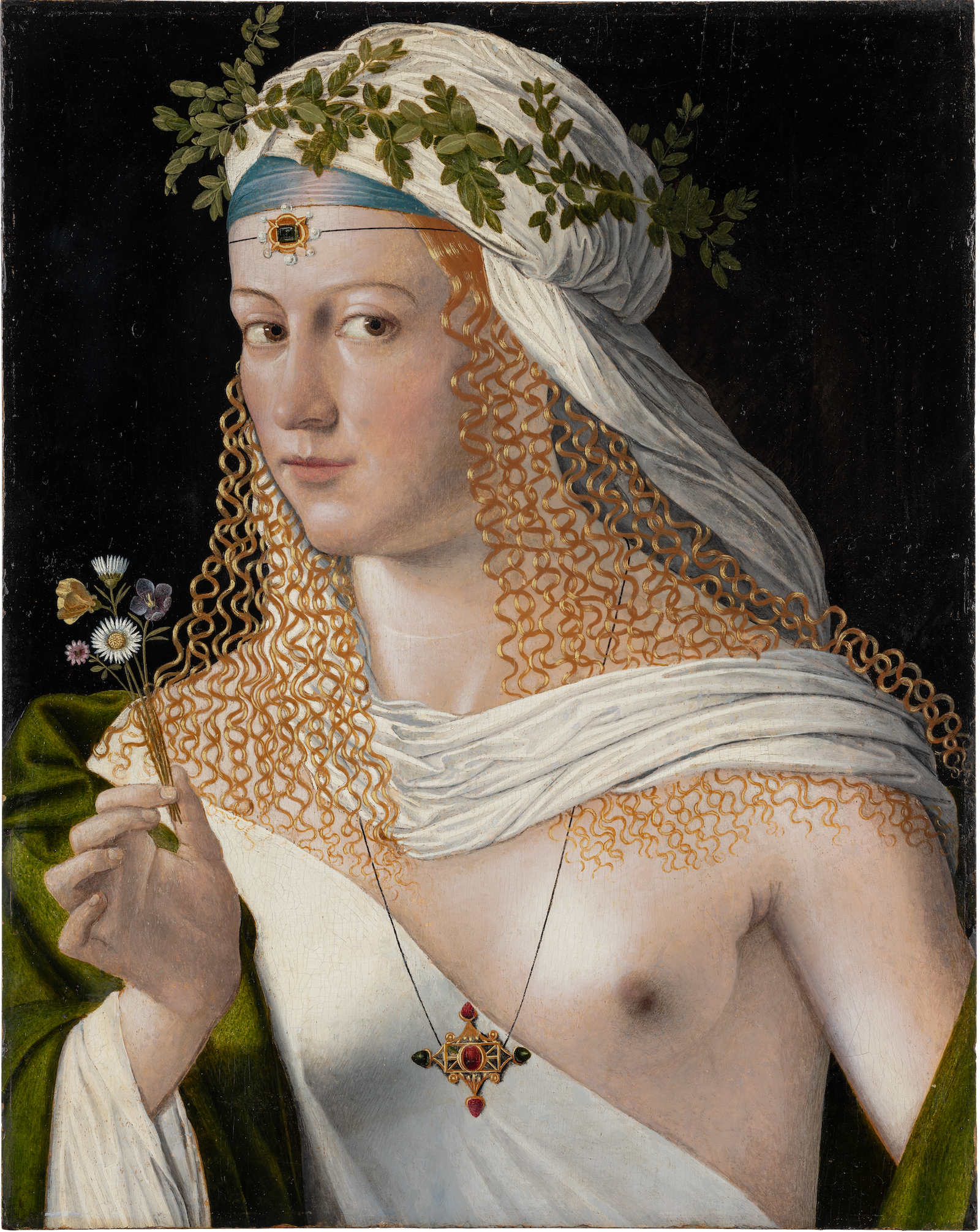
Confronted with so comprehensively damning a portrait, it is difficult to believe that the Borgias could have been any more dreadful if they had tried. But precisely because the impression conveyed by contemporary accounts is so utterly dreadful, it is equally difficult not to question whether such a terrible reputation was entirely justified. Were the Borgias really all that bad?
As with most things that are supposed to have happened behind the scenes in the shadowy world of Renaissance Rome, certainty is often elusive, and it is a challenging task to separate the evidential wheat from the gossipy chaff when sifting through the documents which have survived. Yet despite this, there is enough to suggest that the Borgias weren’t quite the one-dimensional evil-doers they first appear to have been.
On the one hand, they certainly weren’t the demonic arch-villains they have been painted as. For all of the vividness with which observers such as Burchard, Priuli, Machiavelli, and Guicciardini described the Borgias, it is clear that at least some of the family’s unenviable reputation was entirely undeserved. The charge of incest, for example, seems to be without any solid basis in fact. So too, the suggestion that Lucrezia was a poisoner is grounded more on salacious gossip and the hysterical accusations of a divorced husband than on reliable evidence. Although thrice married – each time for political reasons – she was, by all accounts, a highly cultured and intelligent figure who was admired and respected by contemporaries such as the poet Pietro Bembo, and who was never seriously associated with any misdeeds. But equally untenable is the claim that Cesare killed his brother. Not only was there little for Cesare to gain from Juan’s death, but it is even arguable that – since Cesare was compelled to set aside his cardinal’s hat to assume Juan’s secular roles - the family’s long-term position was weakened so severely that he could not have been unaware of the risks. Much more plausible is the suggestion that Juan was killed either in an amorous adventure gone wrong, or at the instigation of Cardinal Ascanio Sforza, with whom he had argued, and who was an avowed enemy of the whole family. Even less credible, however, are the piquant accounts of the Borgias’ supposedly raucous parties. The so-called “Banquet of the Chestnuts” – an all-night orgy at Apostolic Palace attended by fifty “honest prostitutes” and involving eye-popping sexual athletics – is, for example, attested only in Burchard’s memoirs, and is not only intrinsically implausible, but was also dismissed as such by many contemporaries.
On the other hand, even those crimes of which the Borgias were guilty weren’t anything out of the ordinary. Indeed, when the evidence is interrogated more carefully, it is apparent that the Borgias were entirely typical of the families who were continually vying for the papal throne during the Renaissance.
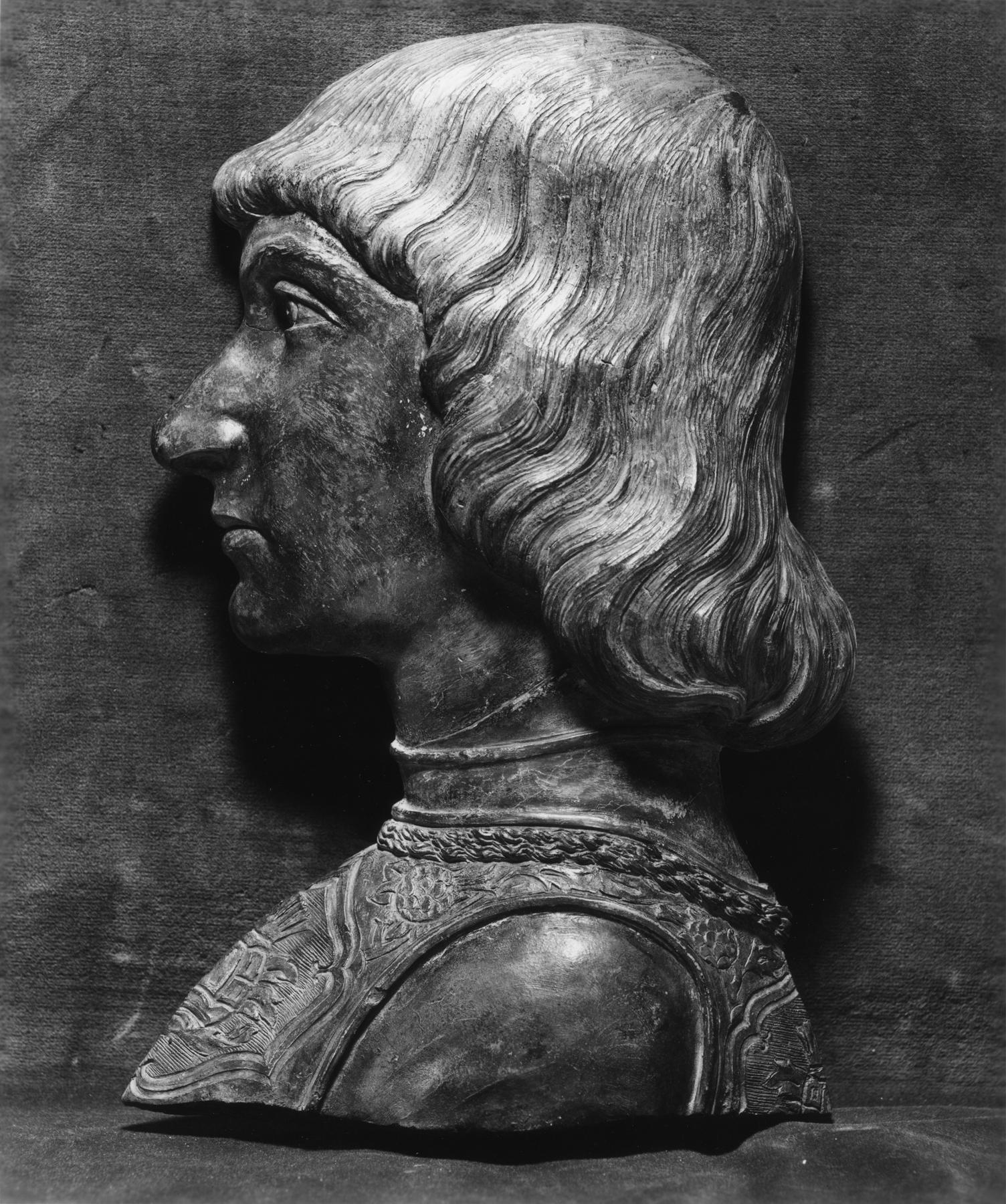
They were, for example, undoubtedly guilty of both nepotism and simony. Although the sums involved were unquestionably exaggerated by contemporary chroniclers, both Callixtus III and Alexander VI bribed their way to the papacy, and used their power to advance their family as fully as possible. Alexander VI alone elevated not fewer than ten of his relatives to the College of Cardinals, and endowed others with a host of fiefdoms in the Papal States. But precisely because the papacy could so easily be misused for familial aggrandisement and enrichment, these ecclesiastical abuses were all too familiar. Though formally classed as a sin, simony was common. In 1410, for example, Baldassare Cossa borrowed 10,000fl. from Giovanni di Bicci de’ Medici to bribe his way to becoming Anti-pope John XXIII, and at the conclave of 1458, Cardinal Guillaume d’Estouteville promised to distribute a vast array of lucrative benefices to anyone who would vote for him, albeit in vain. Nepotism, too, was widespread. In the early fifteenth century, Martin V had secured immense estates for his Colonna relatives in the kingdom of Naples, but within a century, nepotism had become so extreme that even Machiavelli felt obliged to attack Sixtus IV – who had elevated six of his relatives to the Sacred College – for this crime. Later, Julius II (a kinsman of Sixtus IV) acquired the duchy of Urbino for his nephew, Francesco Maria della Rovere; Clement VII made his illegitimate son, Alessandro, the first duke of Florence; and Paul III raised his bastard child, Pier Luigi Farnese, to the duchy of Parma.
Similarly, there is no doubting that Alexander VI was a lusty and sexually adventurous pope. He openly acknowledged fathering a bevy of children by his mistress, Vannozza dei Cattanei, and later enjoyed the legendary affections of Giulia Farnese, renowned as one of the most beautiful women of her day. But here again, Alexander was merely following the norms of the Renaissance papacy, and it is telling that Pius II had no shame about penning a wild, sexual comedy called Chrysis. Popes and cardinals were almost expected to have mistresses. Julius II, for example, was the father of numerous children, and never bothered to hide the fact, while Cardinal Jean de Jouffroy was notorious for being a devotee of brothels. Homosexual affairs were no less common, and in that he seems to have limited himself to only one gender, Alexander VI almost seems straight-laced. Sixtus IV was, for instance, reputed to have given the cardinals special permission to commit sodomy during the summer, perhaps to allow him to do so without fear of criticism, while Paul II was rumoured to have died while being sodomised by a page-boy.
Even Cesare’s deserved reputation for savage megalomania is rather less impressive when set in the context of the period. He was, of course, a ferociously ambitious figure who indulged in some pretty low tactics. Having divested himself of his cardinal’s hat, he ripped through the Romagna and Le Marche, building a vast, private fiefdom in the space of just three years. In all this, murder seemed not an occasional necessity, but an integral part of everyday existence. In 1499 alone, he ordered the assassination or execution of the Spanish Constable of the Guard, the soldier-captain Juan Cervillon, and Ferdinando d’Almaida, the cruel-minded bishop of Ceuta, and subsequently added a host of individuals such as Astorre III Manfredi to his list of victims. Later, he even slaughtered three of his own senior commanders at a dinner in Senigallia after (rightly) suspecting them of plotting against him. But from a certain perspective, all of this was only to be expected. It was quite normal for the relatives of Renaissance popes to set their sights on conquest and acquisition. Although some ‘papal’ families – such as the Colonna – owned huge tracts of land, the majority – such as the Piccolomini and the della Rovere – started out as cash-strapped minor nobles, or – in the Borgias’ case – as landless foreigners, and popes from this latter group naturally encouraged their kinsmen to seize enough territory to put them on a par with the greatest noble houses in Italy. This meant war. And in an age in which war was the preserve of mercenaries, war meant cruelty on a grand scale. The wild, bisexual Pier Luigi Farnese, for example, was infamous for his brutality, and not only pillaged at will, but also made a habit of hunting down those men who resisted his advances. So too, Francesco Maria della Rovere, was nothing more than a soldier for hire, who ordered his troops to slaughter Cardinal Francesco Alidosi after his own failure to capture Bologna. Indeed, if anything, Cesare was unusual only in his tactical brilliance and in his comparative self-restraint.
It seems clear that the Borgias’ rather unfortunate reputation was undeserved. While some of the accusations levelled at them were simply untrue, even those crimes which they did commit were typical of the period, and paled by comparison to those of other ‘papal’ families.
Yet this leaves us with a problem. If the Borgias weren’t as bad as they may seem, why was their name so heavily tarnished? Why did observers turn on them quite so comprehensively, and what was the reason for so dramatic a smear campaign?
Although in later years, the steady worsening of the Borgias’ reputation was intimately linked to the shifting currents of Reformation and Counter-Reformation thought, there are perhaps three reasons why contemporary observers were prepared to attack them quite so viciously.
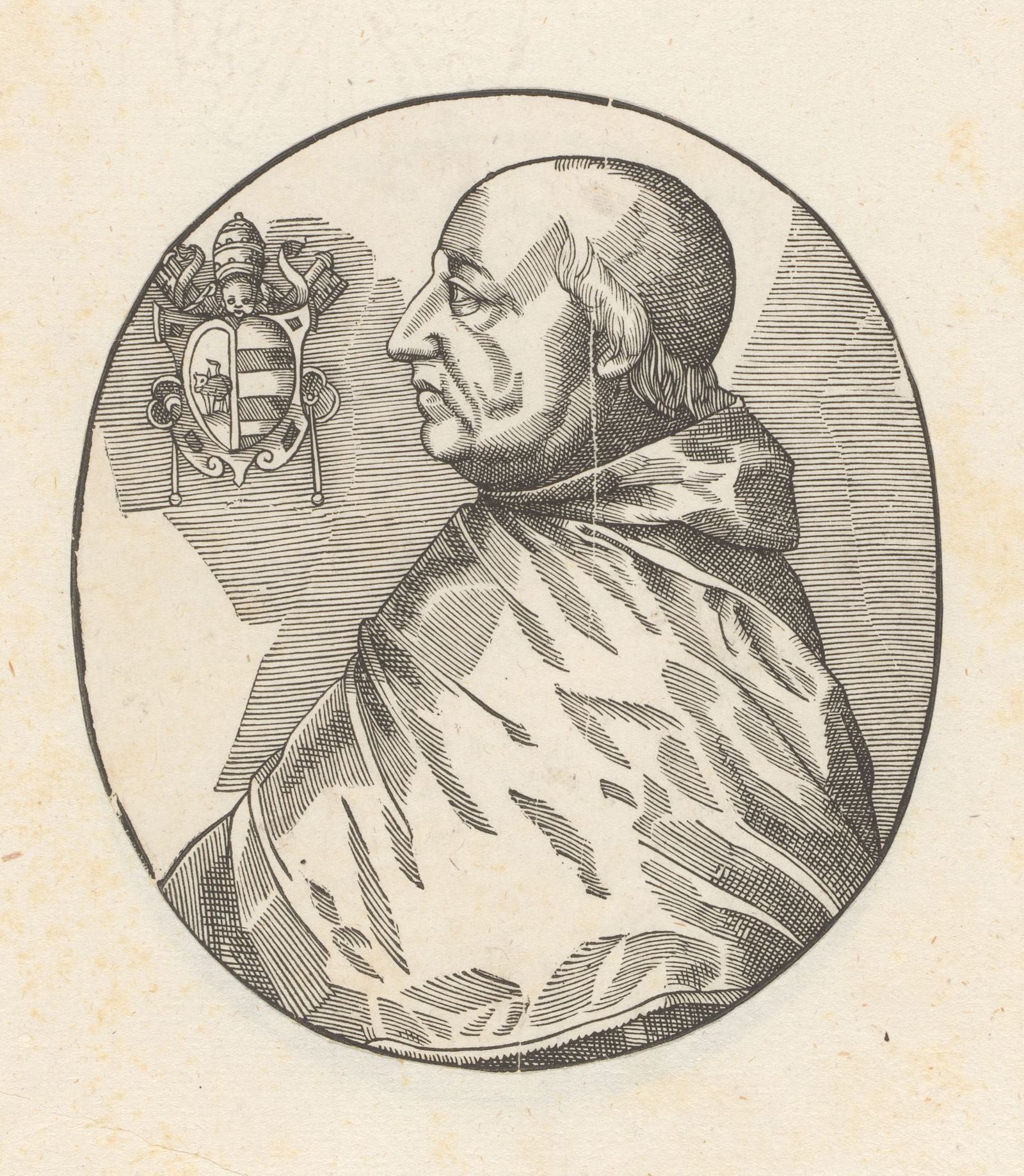
The first is simply that they were Spaniards, and as such, were yoked to shifting perceptions of Spanish influence in the Italian peninsula. Attitudes were, of course, often positive, but as a result of the involvement of Spain and the Aragonese kingdom of Naples in the affairs of Northern Italy during the late fifteenth and early sixteenth centuries, there gradually emerged a ‘Black Legend’, a virulent form of anti-Spanish propaganda which identified all things Spanish with oppression, brutality, and cruelty. The fact that the Borgias hailed from Valencia, and that Alexander VI had helped to involve the Spanish more closely in Italian affairs meant that the family was almost inevitably tarred with the same brush.
The second reason is that they were outsiders. In spite of the universality of the Church’s message, the Renaissance papacy was perceived to be an Italian institution, simply by virtue of the fact that the control of the Papal States gave a pontiff and his family colossal power in the Italian peninsula itself, both in terms of direct political influence, and in terms of familial aggrandizement. Whichever way you looked at it, the papacy was dominated by Italians, directed in the interest of Italian states, and misused for the benefit of Italians. The Borgias were an anomaly. It was not merely that they were not Italian (there would be only one other non-Italian pope between the end of the Great Schism in 1417 and the Sack of Rome in 1527); rather, it was that Callixtus III and Alexander VI sought to use the papacy to enrich their family at the expense of Italians. They despoiled other (Italian) families of their land and titles; they invoked the help of foreign powers; and they generally disrupted the delicate balance of power in Italy. As a consequence, it was almost natural that Italian commentators and historians – many of whom had experienced the rapaciousness of successive pontiffs – were willing to depict the Borgias inaccurately as especially corrupt and vile individuals.
The third – and most important – reason is, however, that the Borgias simply weren’t all that successful. Although it was not unusual for families to base their success entirely on papal favour, most were canny enough to limit their ambitions, to consolidate their gains gradually and to graft themselves into other more established families. In other words, they started small, played the long game and tried not to ruffle too many feathers. And, by and large, this was a technique that worked. The Piccolomini, the della Rovere, and the Farnese families all climbed the ladder slowly and effectively, and – in time – became dominant players in the game of Italian politics. This fact alone prevented anyone from taking too strong a dislike to them. You just had to get along with them. But the Borgias were different. They were too hasty, too reliant on papal authority and foreign favour, and too unwilling to respect existing patters of landed power. They were building on sand. No sooner had Alexander VI died than Cesare’s proto-kingdom imploded and he himself was betrayed by Julius II. There was nothing left, and there was no-one to turn to for help. Forced to return to Spain, Cesare – and the Borgias – had failed. And in failure, even their former friends had no hesitation in decrying them as scoundrels. Without lasting power or influence, there was nothing either to hold back the criticism or to restrain the exaggerations.
If the Borgias weren’t as bad as they have often seemed, therefore, the background to their unfortunate and ill-deserved reputation leaves us with a rather more interesting and engaging history. On the one hand, it is a tale of an obscure Spanish family determined to seek its fortune in a foreign land, set on beating the Italians at their own game, and perhaps willing to engage a little too freely in some of the more sensuous pleasures of the age. But on the other hand, it is a story of inglorious failure, dramatic defeat, and the ignominious assaults of enemies who hated outsiders – especially Spaniards – more than anything else. It is not a tale we might expect of the Borgias, but it is nevertheless a tale that is all too reflective of the amazing double-standards of the Renaissance, and is perhaps all the richer for it.



